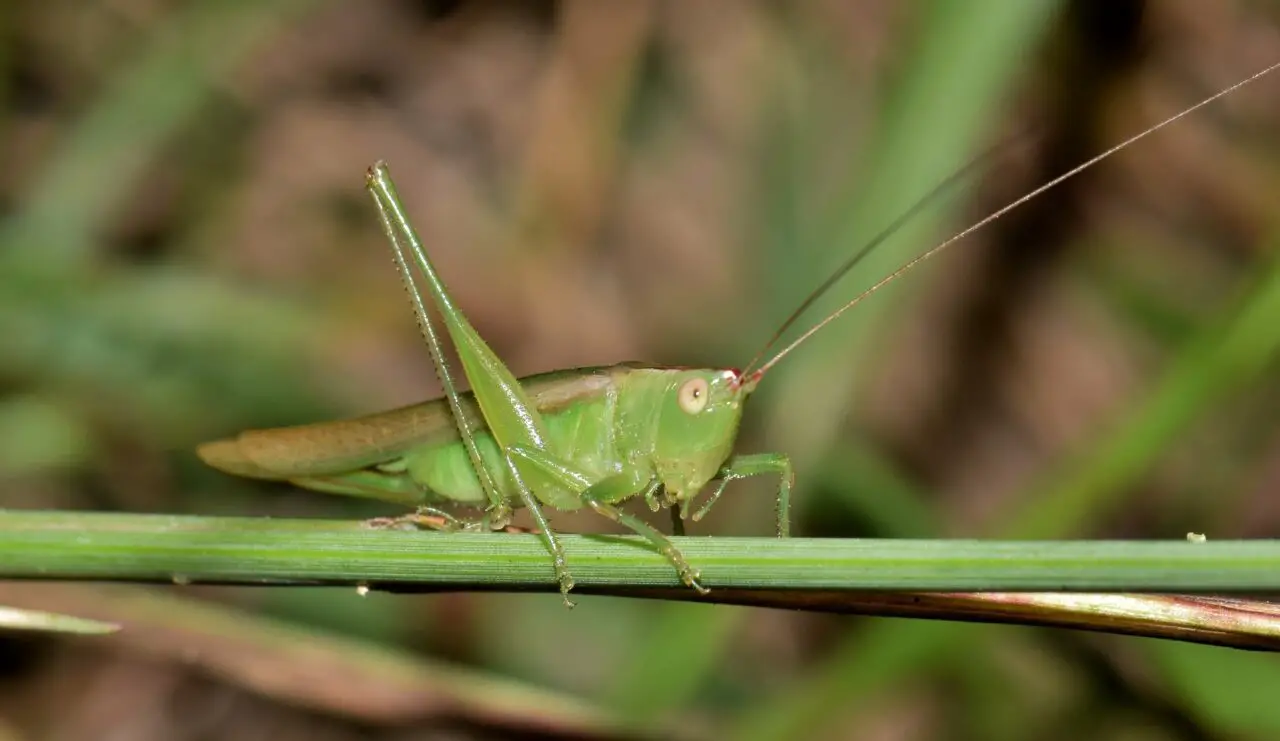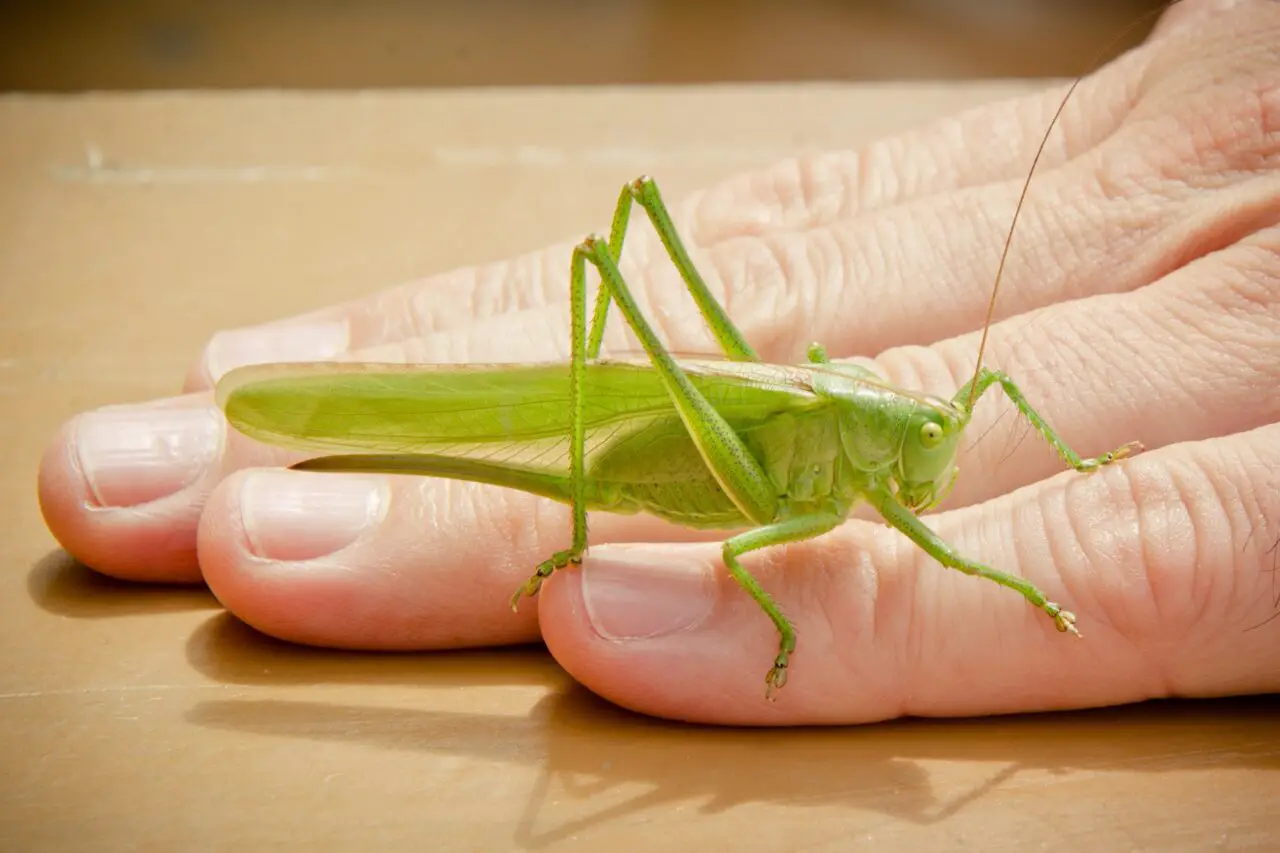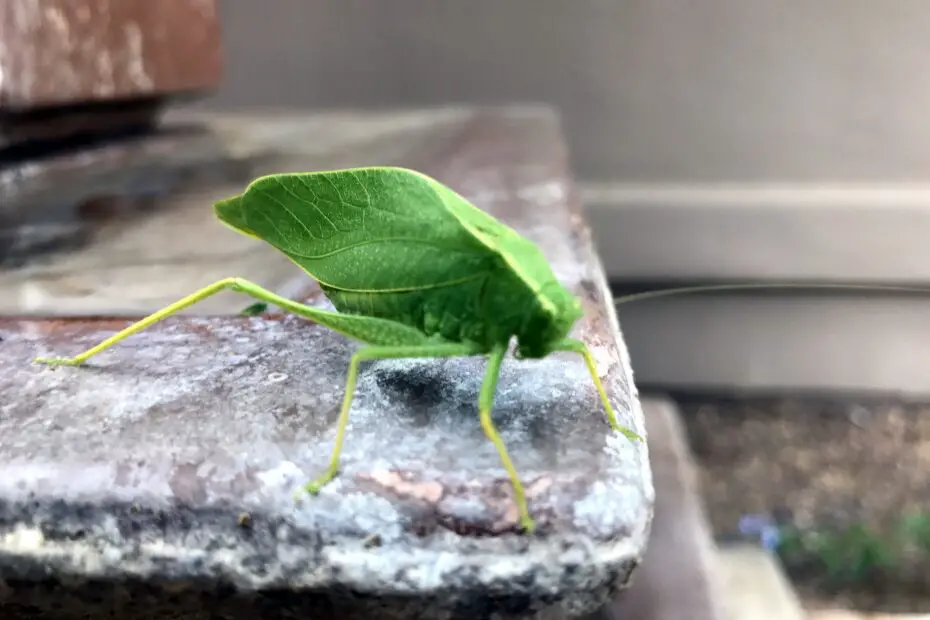As the sun sets and darkness blankets the world, a symphony of sounds emerges from the depths of nature. Among the performers of this nighttime orchestra are the katydids, small insects known for their distinctive calls. In this article, we will delve into the enchanting realm of katydid sounds, exploring the purpose behind their melodious performances, the mechanisms by which they create these sounds, and the significance of their unique adaptations. Join us on this auditory journey as we unlock the captivating melodies of katydids.
You may also want to read about the beautiful monarch butterfly migration.
What is a Katydid?
Before we dive into the world of katydid sounds, let’s get acquainted with these remarkable insects. Katydid refers to a group of insects belonging to the family Tettigoniidae. They are closely related to crickets and grasshoppers, sharing certain physical characteristics such as long antennae and powerful hind legs for jumping. With their leaf-like appearance and remarkable camouflage abilities, katydids blend seamlessly into their natural habitats.
The Purpose of Katydid Sounds
Like many creatures in the animal kingdom, katydids produce sounds for specific reasons. The primary purpose of katydid sounds is communication, both for attracting mates and establishing territory. Through their unique calls, male katydids advertise their presence to females, asserting their availability and fitness. These intricate sound patterns serve as a form of courtship and play a crucial role in the reproductive success of these insects.

How Do Katydids Produce Sounds?
The production of katydid sounds is a fascinating process that involves specialized structures and mechanisms. The sounds are generated through the rubbing together of certain body parts, particularly the wings and legs. Male katydids possess specialized structures called stridulatory organs, which consist of ridges or veins on their wings. By rapidly rubbing these structures together or against other body parts, they create vibrations that produce the characteristic sounds we associate with katydids.
Types of Katydid Sounds
Katydid sounds come in a variety of forms, each with its own distinct purpose and pattern. The most well-known sound is the familiar “katydid” call, from which these insects derive their common name. Additionally, katydids produce trills, chirps, buzzes, and clicks, with each sound serving a specific function in their intricate communication system.
Function and Significance of Katydid Sounds
The various sounds produced by katydids serve different functions. The “katydid” call, often heard during the mating season, acts as a signal to attract females. It serves as a proclamation of readiness and acts as a means of distinguishing themselves from other males. Trills and chirps, on the other hand, are used to establish territory boundaries and deter rival males. These intricate sound patterns play a crucial role in the social dynamics of katydids.
Unique Adaptations for Sound Production
Katydid’s ability to produce such a diverse range of sounds is made possible by their remarkable adaptations. The stridulatory organs found on their wings or legs contain specialized structures that create friction and amplify the sound produced. These structures are unique to katydids and have evolved to optimize sound production, enabling them to communicate effectively in their environment.
The Relationship Between Sound and Mating
Sound plays a vital role in the mating rituals of katydids. Male katydids utilize their distinctive calls to attract females and demonstrate their fitness as potential mates. The intricacy and quality of their calls serve as indicators of genetic quality, and females select mates based on these acoustic cues. The more attractive the call, the higher the chances of successful mating and passing on desirable traits to the offspring.

Environmental Factors Affecting Katydid Sounds
The sounds produced by katydids can be influenced by various environmental factors. Temperature, humidity, and ambient noise levels can impact the frequency, intensity, and duration of their calls. Additionally, the presence of other competing sounds, such as those from other insects or natural elements, can influence the communication effectiveness of katydids.
Interesting Facts about Katydid Sounds
- Katydids have evolved to produce sounds that are specifically tuned to the frequency range that maximizes transmission through their habitats.
- Some species of katydids can mimic the sounds of other insects or even birds, adding to their repertoire of communication methods.
- The patterns and rhythms of katydid calls can vary greatly between species, creating a diverse and complex soundscape in their natural habitats.
Appreciating the Sounds of Katydids
Listening to the melodic calls of katydids can be a truly mesmerizing experience. Their unique sounds add depth and richness to the nighttime symphony of nature. Take a moment to immerse yourself in the serenade of these remarkable insects, appreciating their intricate songs and the vital role they play in the ecosystem.
Conclusion
Katydid sounds are not just mere background noise but a remarkable form of communication and expression in the natural world. These melodious calls, produced through unique adaptations and precise mechanisms, serve as signals for mating, territory establishment, and social interactions. By understanding and appreciating the significance of katydid sounds, we gain a deeper insight into the complex and harmonious relationships that exist in the animal kingdom.
FAQs
1. Can katydids make sounds during the daytime? No, katydids are primarily nocturnal creatures and are most active and vocal during the nighttime. Their calls serve as a means of communication in the dark and are less frequent or absent during the day.
2. Are katydid sounds harmful to humans? No, katydid sounds are harmless to humans. In fact, they provide a soothing and natural ambiance, often associated with warm summer nights in nature.
3. Can katydids hear their own sounds? Yes, katydids have the ability to hear their own sounds. They possess tympanal organs, which are sensitive to vibrations and allow them to perceive and respond to the acoustic signals they produce.
